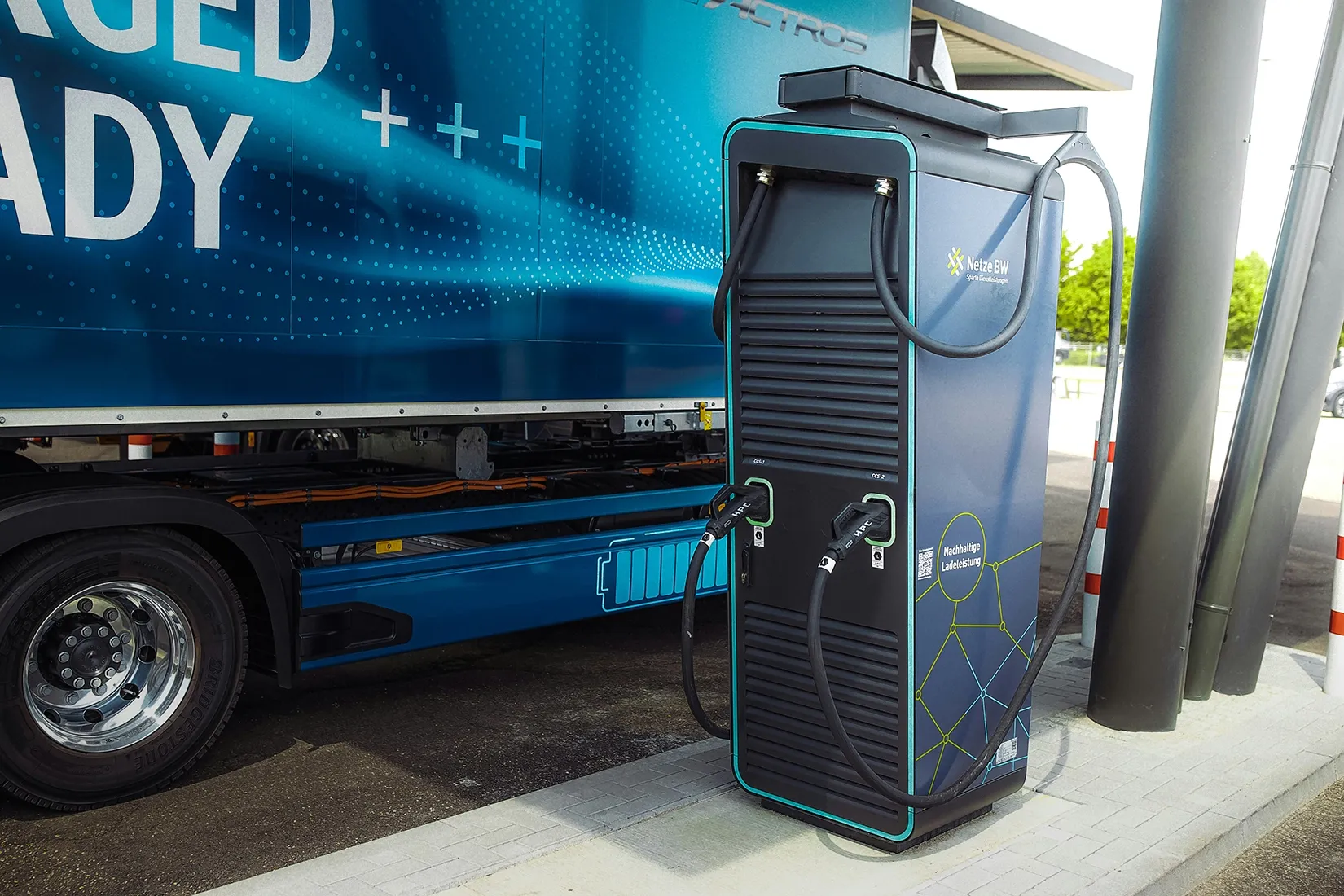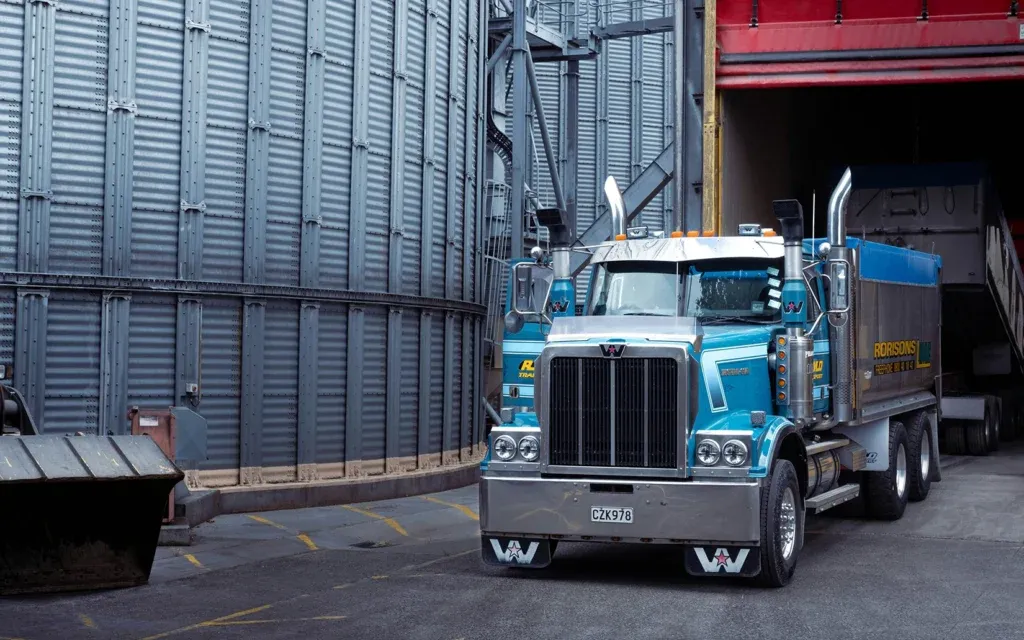The Rise of Electric and Autonomous Trucks: What to Expect

Old-school trucks have been driving logistics for over a century, connecting businesses and communities across long distances. However, rising fuel costs, stricter emissions regulations, and the trend toward sustainability all put pressure on carriers and shippers and cause them to look for more cost-efficient and eco-friendly solutions. The result is the rise of electric and autonomous vehicles, transforming from futuristic concepts into efficient modes of transportation. But are they really gonna change the game? Let’s find out.
Electric Trucks: A Sustainable Shift
For decades, diesel-powered trucks have dominated freight transport. They’re reliable, capable of long hauls, and supported by a well-established refueling infrastructure. However, as mentioned, high fuel prices and strict emissions regulations are facts that no one can ignore. They have made a sustainable shift towards electric trucks a natural development of the industry.
Electric trucks are a powerful solution to logistics’ environmental and economic challenges.
The Benefits:
- Zero emissions. A major win for companies aiming to lower their carbon footprint and meet sustainability goals.
- Cost efficiency. Lower fuel and maintenance costs balance out the higher upfront investment over time.
- Incentives and grants. Governments offer tax breaks and subsidies to encourage fleet electrification.
The Challenges:
- Range limitations. Current battery tech still falls short of diesel’s long-haul capabilities.
- Payload trade-offs. Heavy batteries can reduce cargo capacity.
- Infrastructure gaps. Charging stations, especially for larger vehicles, are sparse in many regions.
The technological limits of today’s electric trucks make them unsuitable for long trips, but taking into account advancements in battery technology and infrastructure development, they are still good for:
- Regional and short-haul routes.
- Urban and last-mile deliveries.
- Temperature-sensitive freight with smaller trucks (like reefer vans).
Autonomous Trucks: The Next Step in the Efficiency Revolution
Autonomous trucks promise to redefine freight logistics by enhancing safety, reducing costs, and boosting operational efficiency.
The Benefits:
- Labor cost savings. Fewer drivers needed for long hauls means lower staffing expenses.
- Safety improvements. AI systems don’t get tired or distracted, reducing accident rates.
- Route optimization. Autonomous systems can adapt routes in real time for better fuel efficiency and faster deliveries.
The Challenges:
- Regulatory complexity. Laws and safety standards for autonomous vehicles vary by state and are still evolving.
- Technology limitations. While AI handles highways well, it struggles with city streets, construction zones, and unpredictable weather.
- Public perception. Widespread acceptance of driverless trucks may take time as people adjust to the idea.
While full autonomy might still be a few years away from large-scale adoption, semi-autonomous trucks are already on the roads, proving their efficiency. They are also suitable for hub-to-hub operations where human drivers are used to handle first/last-mile tasks.

Traditional vs. Electric vs. Autonomous Trucks
From traditional to electric and then to autonomous trucks sounds like the short story of logistic evolution we are observing today. But in fact, all these three trucking models may exist alongside each other, since each has pros and cons. Let’s break it down:
- Cost. Traditional trucks are cheaper upfront, but EVs save money on fuel and maintenance in the long term. Autonomous trucks reduce labor costs but come with high initial tech expenses.
- Range. Diesel trucks excel in long-haul operations, while EVs are better for regional trips. Autonomous trucks, once fully realized, could bridge both gaps.
- Maintenance. Electric trucks have fewer moving parts, reducing wear and tear. Autonomous tech, by preventing human error, could lower accident-related repairs.
- Environmental Impact. Diesel trucks emit significant pollutants, while EVs run clean (depending on how their electricity is generated). Autonomy indirectly reduces emissions through more efficient driving patterns.
- Operational complexity. Traditional trucks are straightforward to operate, while EVs and autonomous trucks require infrastructure changes and tech integration.
What Shippers and Carriers Should Prepare For
Adopting electric and autonomous trucks isn’t a flip-the-switch decision. It requires thoughtful preparation and phased implementation. Here’s where businesses should focus:
- Infrastructure upgrades. Invest in charging stations and tech-enabled hubs to support electric and autonomous vehicles.
- Workforce adaptation. Train drivers to work alongside autonomous systems and technicians to service electric drivetrains.
- Data-driven logistics. Use telematics and AI-powered platforms to analyze fleet performance, optimize routes, and predict maintenance needs.
- Gradual adoption strategy. Start small by introducing EVs for short routes, test autonomous systems on predictable long-hauls, and slowly scale as the technology matures.
The Road Ahead
The transition to electric and autonomous trucking won’t happen overnight, but we should understand that it is inevitable. The shift will likely unfold in phases:
- Short-term. Electric trucks will dominate regional transport and urban deliveries.
- Mid-term. Autonomous trucks become viable for long-haul freight, especially on interstate routes.
- Long-term. Fully integrated fleets, where electric-autonomous trucks handle the majority of freight movement.
- Continuous innovation. Advancements in battery tech, V2G (vehicle-to-grid) capabilities, and AI learning systems will refine the technology over time.
The industry may look dramatically different in 10–15 years, but the seeds of change are already planted.
Final Thoughts
Electric and autonomous trucks are no longer distant concepts. Businesses that start preparing today can position themselves as industry leaders tomorrow. No doubt, the road ahead is filled with challenges, but the rewards are undeniable: lower costs, greater efficiency, and a greener planet.
